Specifications
| book-author | Philippe Desfray, Gilbert Raymond |
|---|---|
| publisher | Morgan Kaufmann; 1st edition |
| file-type | |
| pages | 285 pages |
| language | English |
| asin | B00LITA17O |
| isbn10 | 124199844 |
| isbn13 | 9780124199842 |
Book Description
Modeling Enterprise Architecture with TOGAF (PDF) explains everything you need to know to effectively model enterprise architecture with The Open Group Architecture Framework (TOGAF); the leading EA standard. This solution-focused reference presents key techniques and illustrative examples to help you model enterprise architecture.
This ebook describes the TOGAF standard and its structure; from the architecture transformation method to governance; and presents enterprise architecture modeling practices with plenty of examples of TOGAF deliverables in the context of a case study.
Although widespread and growing quickly; enterprise architecture is delicate to manage across all its dimensions. Focusing on the architecture transformation method; TOGAF provides a wide framework; which covers the repository; governance; and a set of recognized best practices. The examples featured in this ebook were realized using the open source Modelio tool; which includes extensions for TOGAF.
- Combines existing modeling standards with TOGAF
- Uses practical examples to illustrate ways to adapt TOGAF to the needs of your enterprise
- Includes intuitive summaries of the complex TOGAF standard to let you effectively model enterprise architecture
- Provides model examples with Modelio; a free modeling tool; letting you exercise TOGAF modeling immediately using a dedicated tool
Reviews
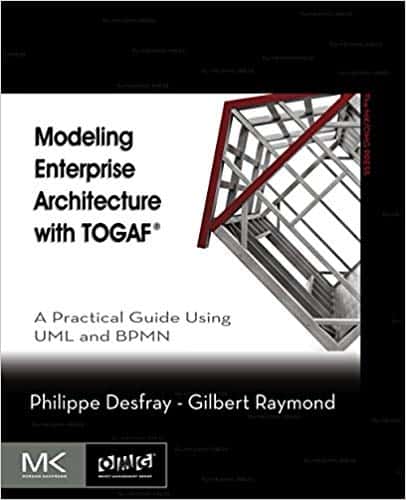
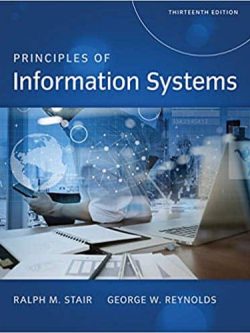
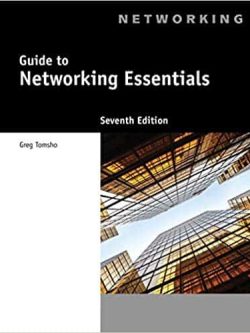
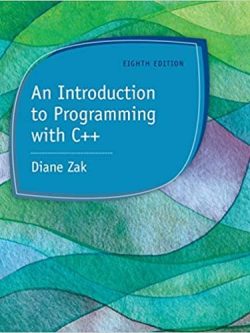



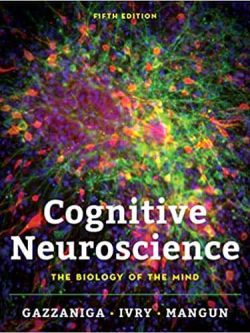

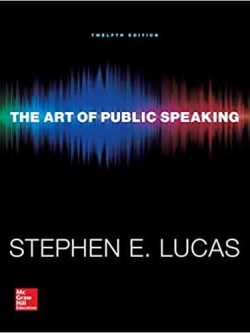


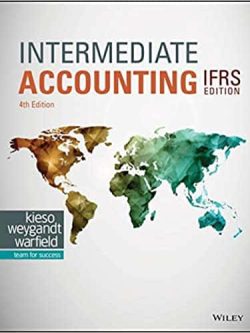
Reviews
There are no reviews yet.